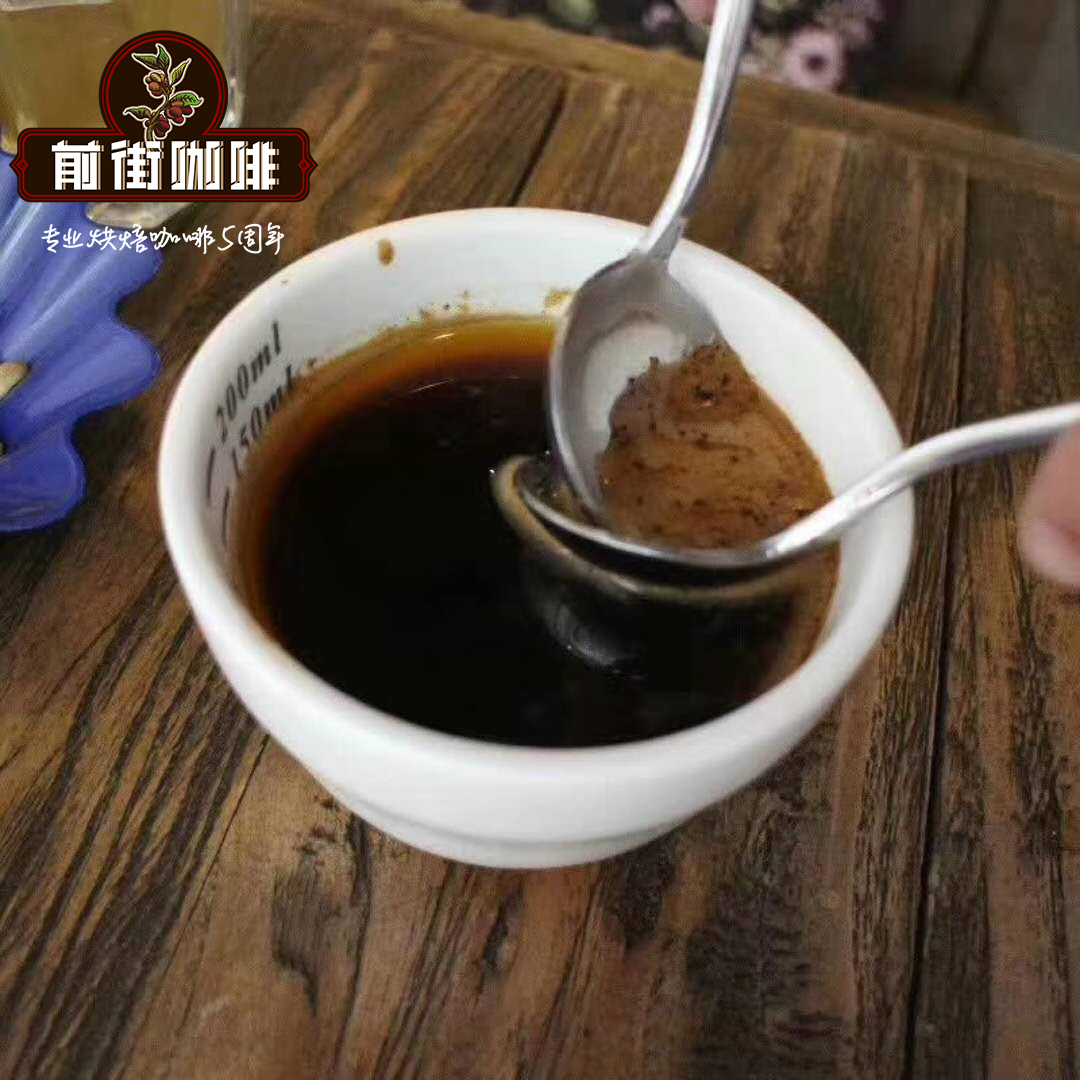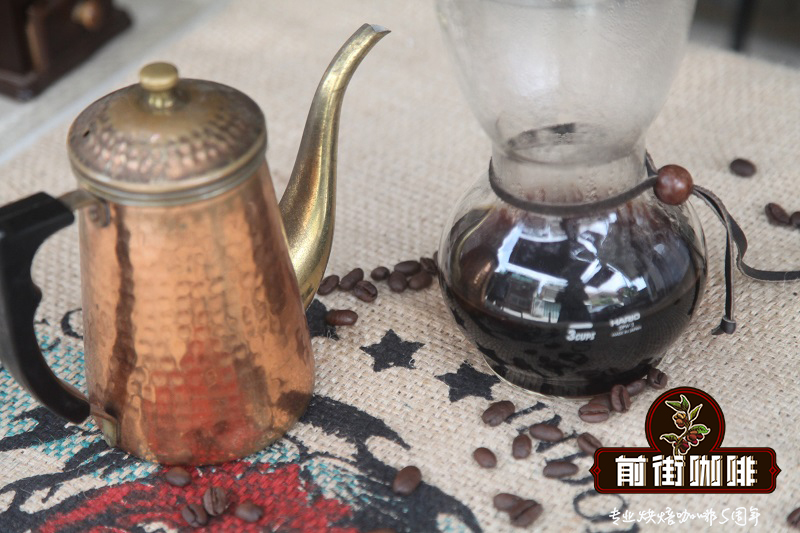How to learn coffee evaluation? Can coffee senses be learned? Coffee sensory calibration

Drinking coffee is an important ceremony for us every day. The first thing we do every morning is to have a cup of coffee and have a cup when we have a break at work. Learning to taste coffee will add more interest to our lives.
When tasting, we need to use the mouth and nasal cavity, the tongue in the mouth can feel the basic taste: sour, sweet, bitter, fresh and fresh, while flavors such as chocolate, berries, caramel, etc., are the smell of the nasal cavity, which should be treated separately.
Main points of coffee tasting ⑤
sugariness
How sweet are these coffee beans? Sweetness is a very pleasing feature of coffee, and the more the better.
Sour taste
How sour are these coffee beans? Is it sour and pleasing? If the sour taste is dominated by unpleasant ingredients, it will be described as sour, while the pleasing sour taste tastes refreshing and juicy.
Sour taste is a difficult item for beginners in coffee tasting. they may never have thought that there was so much sour taste in coffee, and of course they did not think that sour taste was a positive flavor in the past. Apple is a good example, the sour taste in the apple is very good, can add fresh texture.
Many professionals prefer coffee with high acidity, just as beer lovers may end up preferring beer with distinctive hop characteristics, which may lead to cognitive differences between practitioners and final consumers. As far as the coffee industry is concerned, some of the more unusual flavors, such as fruit tonality, depend on the density of the coffee bean itself. generally speaking, high-density coffee has high acidity and many interesting flavors.
Taste
Does this coffee have a light, delicate, tea-like taste? Or is it rich, creamy and thick? Again, not the more each flavor, the better. Low-quality coffee beans often have a thick taste and low acidity, but they are usually terrible.
Equilibrium property
This is the most difficult trait to define when tasting. There are many different flavors in a sip of coffee, but are these flavors harmonious? Is it like a perfect piece of music? Or is there an element that is too prominent? Is there a trait that is too strong?
Flavor
This project describes not only the various flavors and aromas of a kind of coffee, but also whether the reviewer likes the performance of the cup of coffee or not. Many beginners of coffee tasting are often frustrated in this respect. Each type of coffee they taste is obviously different, but there are not enough words to describe it.
Use the comparative method of identification
Practice tasting coffee at home!

1. It is a good idea to buy two very different types of coffee beans (such as Sakuran 4.0 and Golden Manning). It is a good idea to consult the customer service of the coffee shop you often visit. Comparative evaluation is a very important method. If you taste only one kind of coffee at a time, you do not have any basis for comparison, and all the arguments at this time can only rely on the memory of previous tastes: fragmented, flawed and inaccurate.
two。 Buy two small French filter pots, the smaller the better, and make two small cups of coffee at the same time. Of course, you can also use larger French filter pots and cups, but it will cause waste or excess.
3. Let the coffee cool slightly, it is easier to detect the flavor at lower temperatures, and the taste buds will be dull when the temperature is very high.
4. Start tasting two kinds of coffee interactively, sipping at least two sips of each coffee, and then tasting the next one. Start thinking about how the two coffees taste different, which can be extremely difficult in the absence of references.
5. First of all, focus on the texture and compare the taste of the two kinds of coffee. does one of them have a higher texture? More sweetness? Has a cleaner sour smell? When tasting, try not to look at the flavor description on the bag, imagine some flavor words and record them.
6. Don't worry about what flavor you drink. Flavor description is one of the scariest and most frustrating parts of coffee tasting. When describing flavor, bean bakers not only describe flavor, such as nutty or floral, but also cover a wide range of sensory words, such as coffee with the tonality of ripe apples, which will let you know what sweet and sour taste means at the same time. If you have the ability to identify flavors, record them; on the contrary, don't worry too much, any word that can be used to describe flavor can actually come in handy, whether it has something to do with taste or not.
7. At the end of the tasting, compare the words you recorded with the flavor described by the baker on the bag. can you now understand the taste they are trying to express? Usually by this time, your previous frustration will disappear at the same time, and everything becomes so clear in an instant that this way is actually one of the ways to establish a professional flavor vocabulary for coffee, and it becomes easier and easier to describe the flavor of coffee. however, how to describe it more completely is the goal of the practitioners' continuous efforts.
Important Notice :
前街咖啡 FrontStreet Coffee has moved to new addredd:
FrontStreet Coffee Address: 315,Donghua East Road,GuangZhou
Tel:020 38364473
- Prev

Which kind of beans is better for Indonesian coffee? How about Sulawesi Tora and coffee?
Country: Indonesia Island: Sulawesi area: Toraga altitude: 1 masl 4001600 Origin: Perangian,Pango Pango,Minanga and Perindingan various smallholder processing methods: washing drying method: Yamamoto vertical dryer and Pinhalense Guardiola drying time: 72 hours variety: S795 mesh size: AA description
- Next

Iced American coffee ice hand cold extracted coffee flavor description good taste iced coffee which coffee beans are the best
If you are not familiar with the difference between the two, you can think of them as twins. From a technical point of view, cold extracted coffee is a kind of iced coffee. However, the temperature and time of the extraction process are different, which leads to the most intuitive difference between iced coffee and cold extracted coffee, and that is why the cold extracted coffee in many coffee shops is limited.
Related
- Detailed explanation of Jadeite planting Land in Panamanian Jadeite Manor introduction to the grading system of Jadeite competitive bidding, Red bid, Green bid and Rose Summer
- Story of Coffee planting in Brenka region of Costa Rica Stonehenge Manor anaerobic heavy honey treatment of flavor mouth
- What's on the barrel of Blue Mountain Coffee beans?
- Can American coffee also pull flowers? How to use hot American style to pull out a good-looking pattern?
- Can you make a cold extract with coffee beans? What is the right proportion for cold-extracted coffee formula?
- Indonesian PWN Gold Mandrine Coffee Origin Features Flavor How to Chong? Mandolin coffee is American.
- A brief introduction to the flavor characteristics of Brazilian yellow bourbon coffee beans
- What is the effect of different water quality on the flavor of cold-extracted coffee? What kind of water is best for brewing coffee?
- Why do you think of Rose Summer whenever you mention Panamanian coffee?
- Introduction to the characteristics of authentic blue mountain coffee bean producing areas? What is the CIB Coffee Authority in Jamaica?

